6 Plants That Repel Whiteflies
Whiteflies are known to wreak havoc on gardens and host plants like Hibiscus spp. However, certain plants can be a natural defense against these pesky insects due to the presence or absence of plant chemicals.
By integrating these types of plants, you can protect your horticultural investments.
1. Marigolds
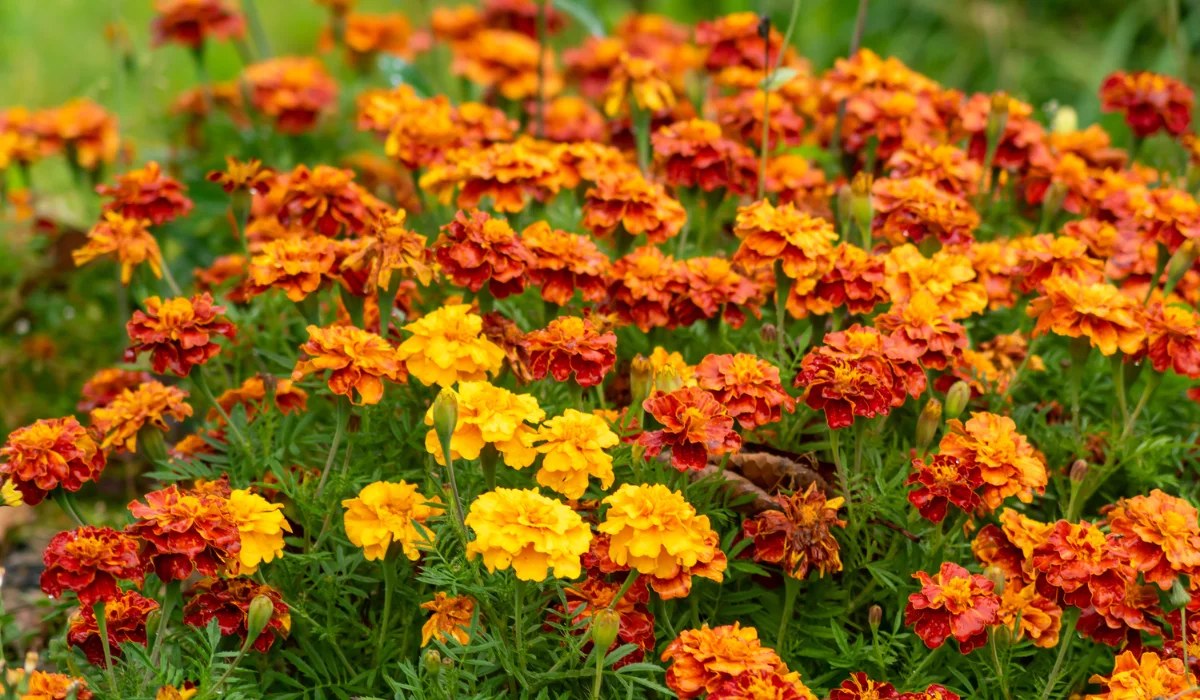
Marigolds are highly effective at repelling whiteflies. Their distinct smell discourages these pests from settling on nearby outdoor plants.
Here are the best marigold varieties for whitefly control:
- French Marigolds: Thrive in full sun and well-draining soil.
- African Marigolds: Prefer bright, sunny areas and rich soil.
- Mexican Marigolds: Best in full sun with moderate watering.
2. Basil
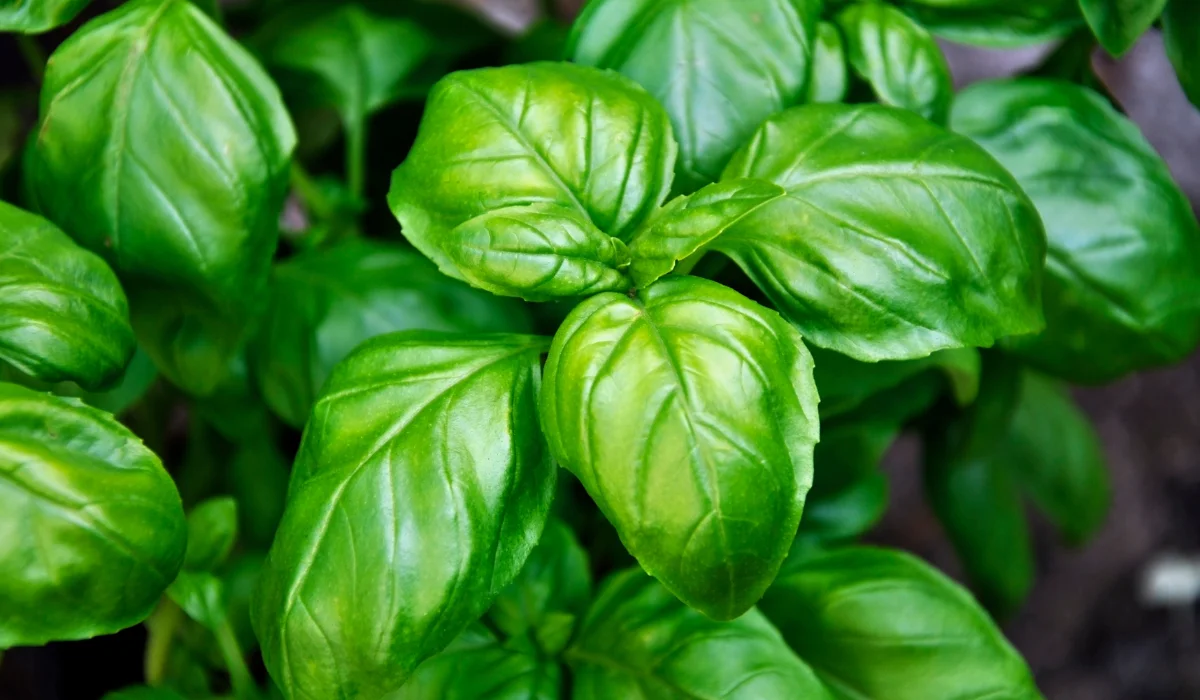
With its intense aroma, Basil naturally keeps whiteflies away from your property. To keep basil healthy and effective:
Care Tips | Description |
Sunlight | Requires 6-8 hours of sunlight |
Watering | Keep soil moist, not soggy |
Soil | Well-drained, fertile soil |
Pruning | Regularly trim to encourage growth |
3. Chives
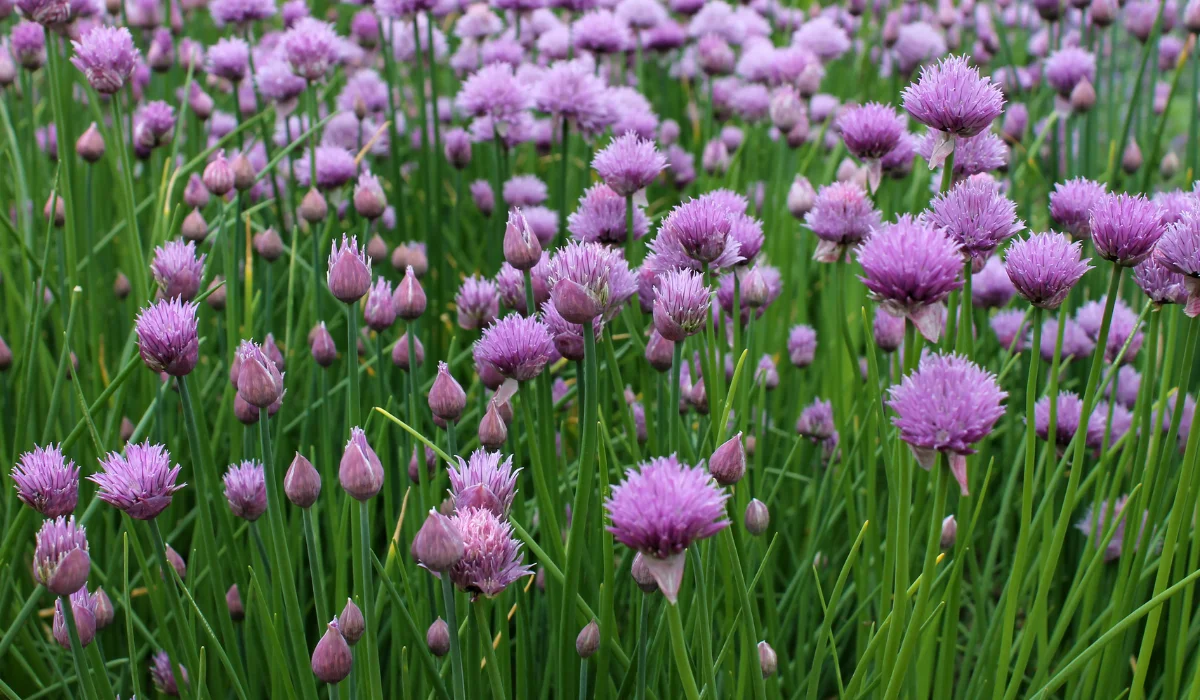
Besides their culinary uses, chives also help get rid of whiteflies while enhancing garden vegetables. Companion plants that benefit from chives:
Tomatoes
Carrots
Cabbage
Strawberries
4. Nasturtium
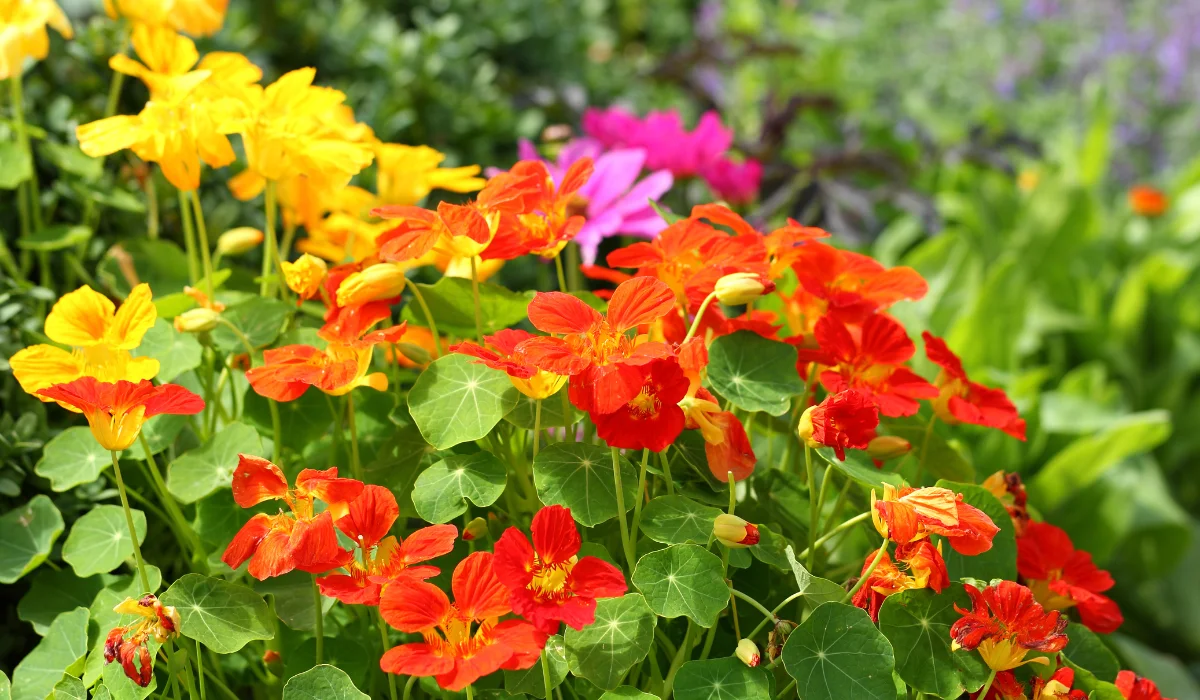
Nasturtiums attract natural predators like ladybugs, which feed on whiteflies. They grow well alongside various plants:
Companions | Benefits |
Cucumber | Improves growth & flavor |
Beans | Provides climbing support |
Zucchini | Enhances pollination |
5. Garlic
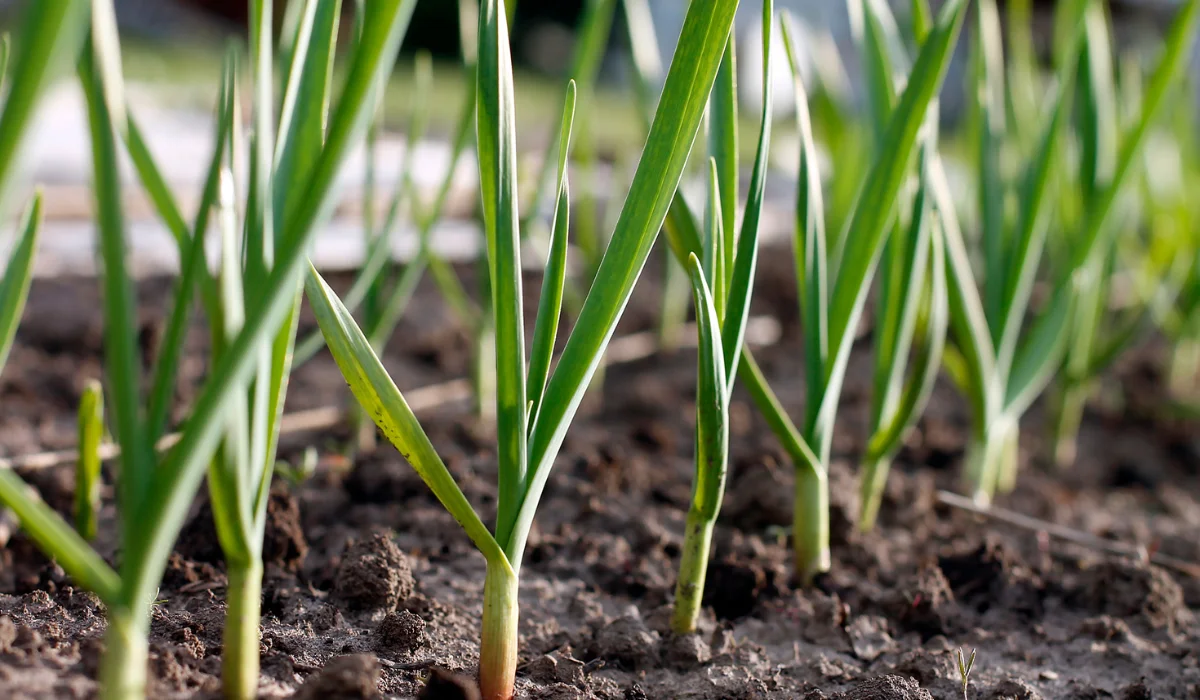
Garlic is renowned for its pungent odor that repels several insect pests. For the best results of getting rid of whiteflies:
- Plant in well-drained soil
- Ensure full sun exposure
- Water once a week
- Harvest when the leaves brown
6. Petunias
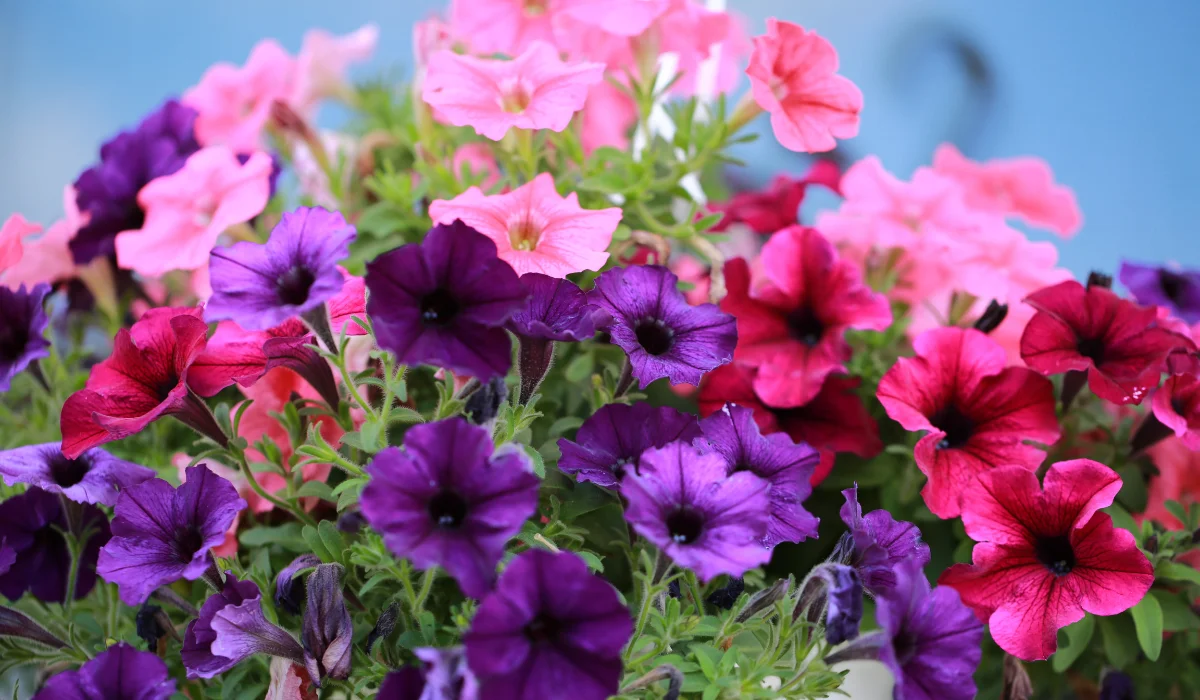
Petunias are ornamental plants that serve as a natural deterrent against whiteflies. Their care varies among types:
Varieties | Sunlight | Watering | Soil Type |
Grandiflora | Full to partial sun | Moderate | Rich, well-draining |
Multiflora | Full sun | At base only | Humus-rich |
Wave | Full sun | Regular | Moist, well-draining |
How to Incorporate Repellent Plants in Your Garden Layout
To maximize the benefits of whitefly control, you must know how to create a vegetable garden or yard that naturally deters garden pests like whiteflies.
Here’s what you must do to incorporate repellent plants:
Identify Key Areas: Identify where whitefly populations are an issue in your vegetable garden.
Choose Repellent Plants: Visit your local garden center to purchase plants that repel whiteflies.
Companion Planting: Integrate these repellent plants among your plants by following companion planting guidelines and placing them strategically for maximum pest deterrence.
Create Diversity: Ensure your garden or yard has various plants to attract a wide range of pollinators and beneficial insects, such as hummingbirds, parasitic wasps, and lacewings.
Accessibility for Pollinators: Position repellent plants so pollinators can easily access them while keeping pests at bay.
How to Get Rid of Whiteflies
In addition to plants that repel whiteflies, you can effectively incorporate natural sprays and physical methods to protect your gardens against these pests.
Natural Sprays and Solutions
Homemade natural whitefly treatment ideas are a safe and cost-effective way to deter whiteflies at any stage in their lifecycle.
They lack the harsh chemicals found in many pesticides or insecticides. However, testing on a small area of the plant first is still essential to avoid phytotoxicity (plant damage).
Here's a look at DIY recipes for whitefly-repelling solutions in spray bottles:
Ingredients | Instructions |
Dish Soap | Add 1-2 tablespoons to water for a gentle insecticidal effect. |
Neem Oil | Combine 1-2 teaspoons with water. Spray on affected plants early or late in the day to avoid sunburn. |
Insecticidal Soap | Follow the label for proper dilution and use as a basis for spray. |
Physical Barriers and Other Methods
Physical barriers and other methods are crucial in creating a line of defense against whiteflies. Here’s how to deploy these measures, ensuring plants are safeguarded year-round:
Yellow Sticky Traps: Best used at the onset of an infestation or for monitoring whitefly presence.
- Affix traps near the affected plants.
- Replace when the surface is covered in insects.
Reflective Mulch: Deters whiteflies by disorienting them with reflected light.
- Lay down early in the season before whiteflies arrive.
- Cover the soil surface surrounding plants.
Petroleum Jelly: A sticky substance that traps whiteflies.
- Coat yellow index cards to exploit the insects' attraction to the color.
- Place at plant height for best results.
Maintenance and Prevention Tips for Whitefly Infestations
Keeping whiteflies at bay involves recognizing early signs of their presence and responding quickly to any whitefly activity.
Identifying Early Signs of Infestation
Proactive identification of whitefly presence can save you considerable trouble. Here are the signs to facilitate early detection:
Signs of Infestation | How to Look For It |
Adult Whiteflies | Check for small, flying insects around the plant leaves, especially when disturbed. |
Larvae and Nymphs | Inspect the undersides of the leaves for tiny eggs or crawlers. |
Honeydews | Look for a glossy, sticky coating on the leaves or below the affected plants that attract pests like mealybugs, spider mites, aphids, and gnats. |
Sooty Mold | Seek out any black, soot-like fungal growth on or around the plant. |
Decline in Plant Health | Watch for yellowing leaves, poor growth, or wilting even with adequate care and nutrients. |
Responding to Whitefly Activity
When whiteflies are spotted, it's crucial to act without delay. Here are actions that should be taken immediately to control whiteflies and protect plants:
- Isolate Infested Plants: If indoor plants are affected, move them away from healthy ones to contain the infestation.
- Remove Infested Leaves: Trim away leaves heavily covered in whiteflies, larvae, or honeydew.
- Use Insecticidal Soap: Treat affected plants with insecticidal soap, focusing on the undersides of leaves.
- Introduce Beneficial Insects: Consider releasing natural whitefly predators like ladybugs in outdoor settings.
- Maintain Cleanliness: Regularly clean the foliage of houseplants to remove any sticky substances.
Should You Get In Touch with Pest Control Professionals Now?
If you notice a few whiteflies around your plants, you might choose to try some natural repellents first.
However, when a garden faces a heavy whitefly presence that seems beyond control, a professional pest control company (like us at Native Pest Management) should be considered.
As experts, we have the knowledge and the tools to effectively manage pest problems that are too large for typical garden remedies.
